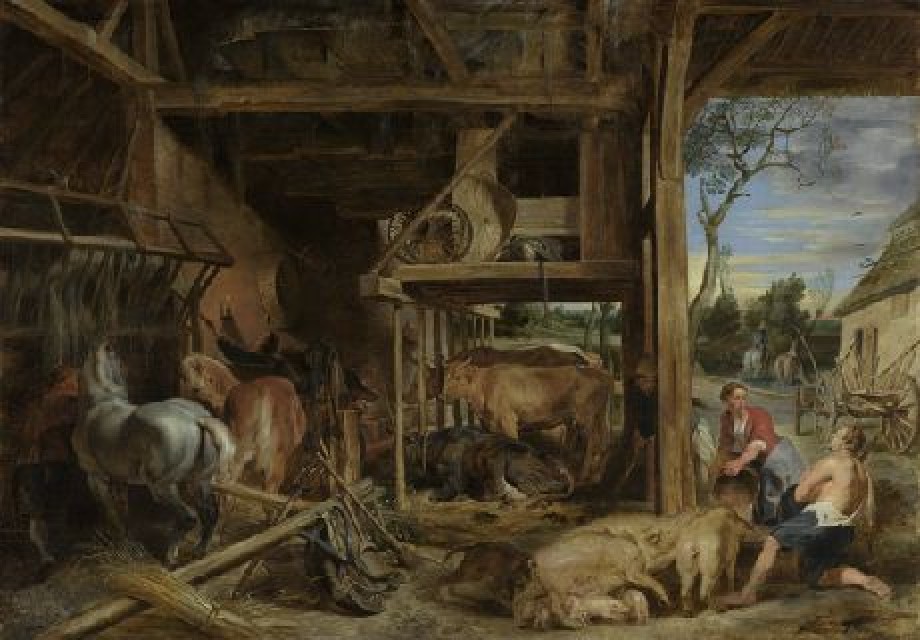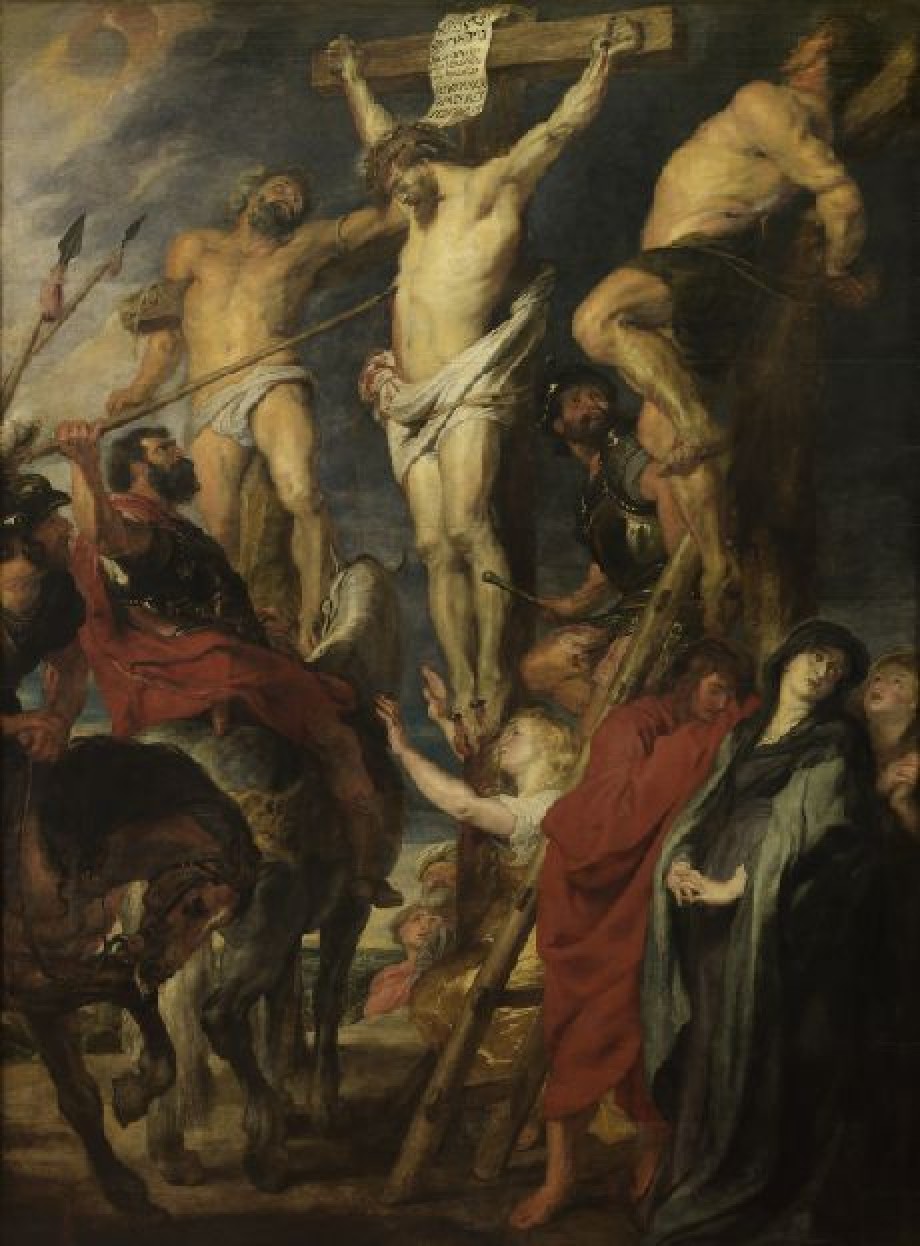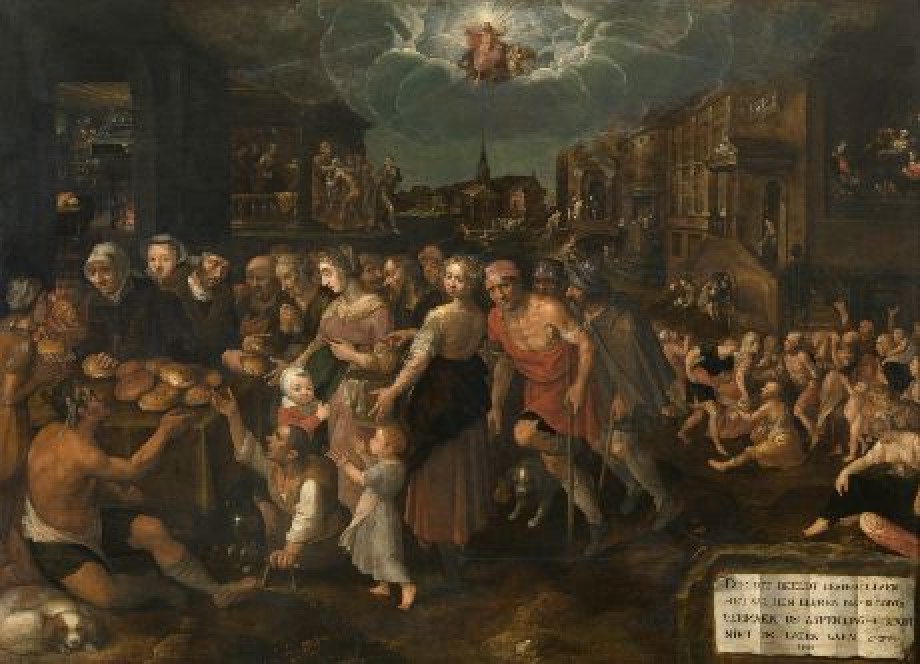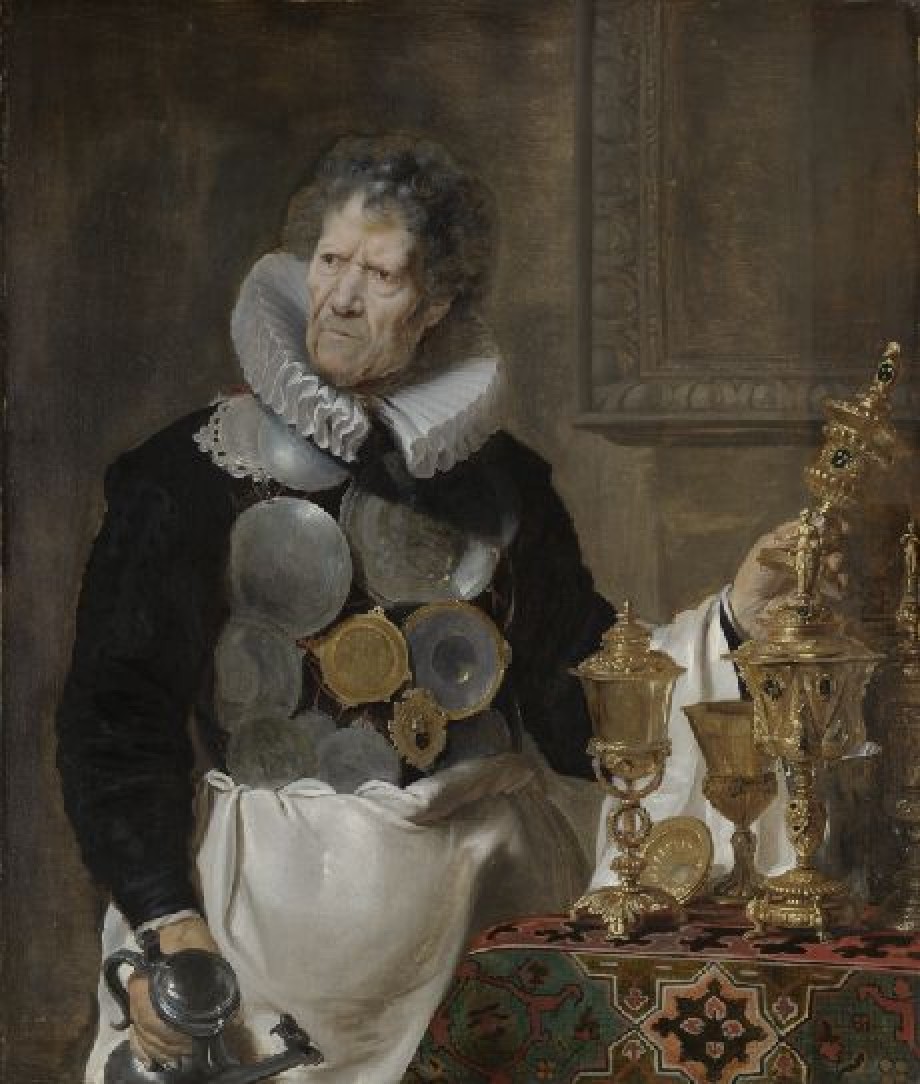The Last Communion of Saint Francis of Assisi

Artist / maker
workshop of Peter Paul RubensDate
(1619)Period
17 centuryCollection
Royal Museum of Fine Arts Antwerp
Dying saint The Antwerp merchant and tapestry dealer Gaspar Charles died in 1618. He also held several public offices, collected taxes and dispensed charity, which entailed collecting smaller donations in churches and then distributing the money to hospitals and almshouses and directly to the poor. The Charles family tomb, for which Peter Paul Rubens painted this large work, was in…
Read more
Dying saint
The Antwerp merchant and tapestry dealer Gaspar Charles died in 1618. He also held several public offices, collected taxes and dispensed charity, which entailed collecting smaller donations in churches and then distributing the money to hospitals and almshouses and directly to the poor.
The Charles family tomb, for which Peter Paul Rubens painted this large work, was in the church of Antwerp’s Franciscans, the order founded by St Francis of Assisi in Italy in the early thirteenth century. Gaspar’s son signed a receipt from the painter for the sum of 750 guilders on 17 May 1619, telling us when the work was completed and paid for.
The panel’s theme is explained by its intended destination. When Francis sensed that the end was drawing near in 1226, he asked his fellow friars to lay him almost naked on the floor before the altar in a chapel near Assisi. Eager to imitate Christ even in death, Francis wanted to appear before God dressed only in a loincloth, just as Christ had been clad when he died on the cross. The priest in the painting gives Francis communion for the last time, a sacrament that was strongly promoted by the Catholic Counter-Reformation in opposition to Protestantism. Many of Rubens’ commissions were motivated in the same way.
There are several Italian paintings with a similar composition and/or on the same subject, which Rubens might have known, possibly through reproductions, having spent seven years in Italy in his twenties. A number of preparatory studies by him have survived for parts of this work.
Read less











